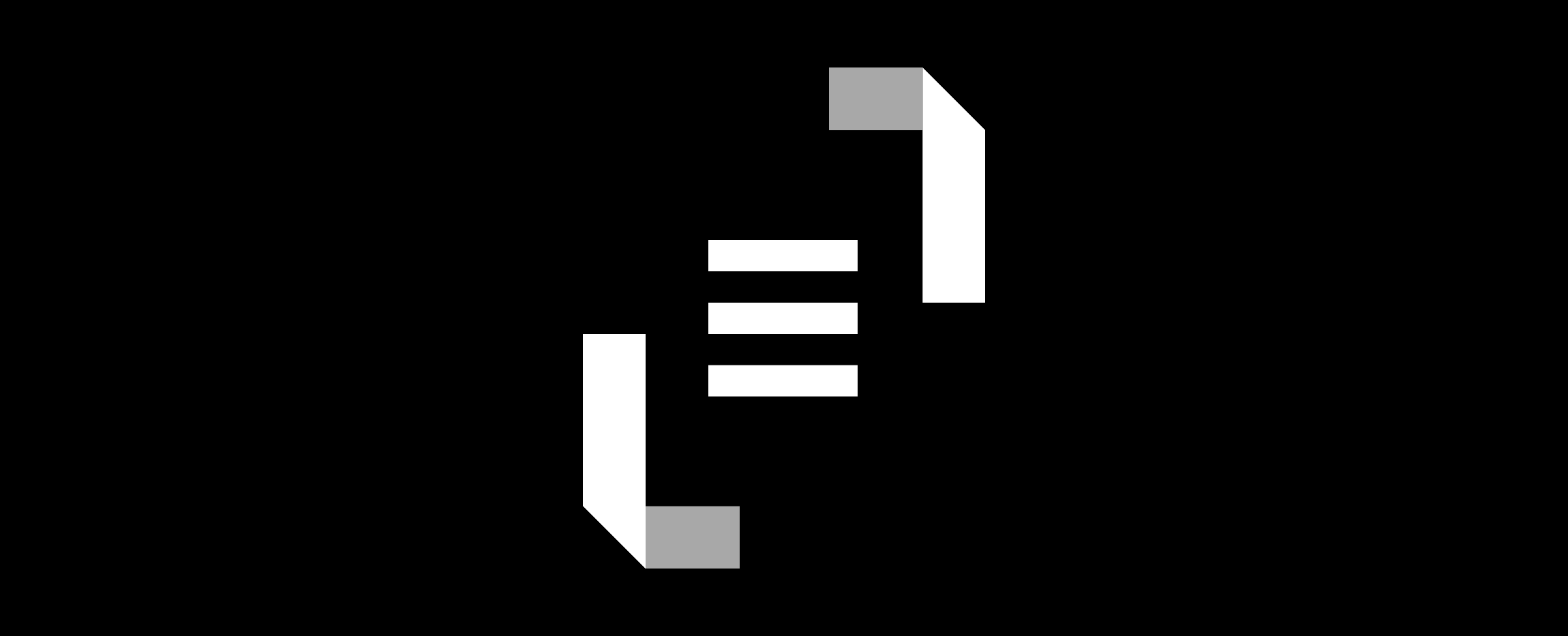
The Optimal Control of Infectious Diseases via Prevention and Treatment
Tuesday 7th April 2020
CINET:
2013
Rowthorn, R. and Toxvaerd, F.M.O.
This paper characterizes the optimal control of a recurrent infectious disease through the use of treatment and preventive non-pharmaceutical interventions such as social distancing and curfews. We find that under centralized decision making, treatment induces positive destabilizing feedback effects, while prevention induces negative stabilizing feedback effects. While optimal treatment pushes prevalence towards the extremes, optimal prevention pushes it towards interior solutions. As a result, the dynamic system may admit multiple steady states and the optimal policy may be history dependent. We find that steady state prevalence levels in decentralized equilibrium must be equal to or higher than the socially optimal levels. The differences between the equilibrium outcome and the social optimum derive from the existence of a pure externality effect and a separate smallness effect due to individuals being small. Last, we derive two separate corrective subsidy schemes that decentralize the socially optimal outcome, namely subsidies to prevention and treatment and a tax on the infected.
Keywords
COVID-19
economic epidemiology
treatment
prevention
optimal and equilibrium policy mix
hysteresis
non-convex systems
C73
H20
I18
Themes
information